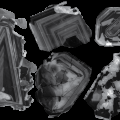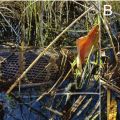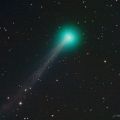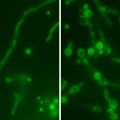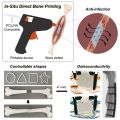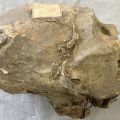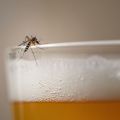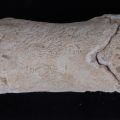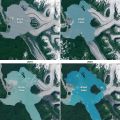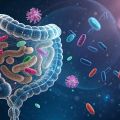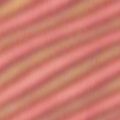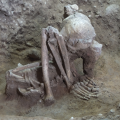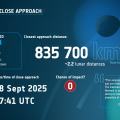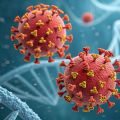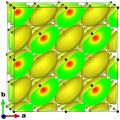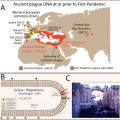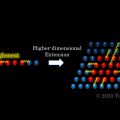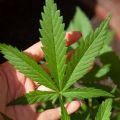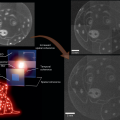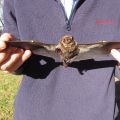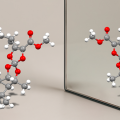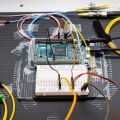Rhizopoda - Définition
La liste des auteurs de cet article est disponible ici.
Introduction
| Rhizopodes | |||||||||
|---|---|---|---|---|---|---|---|---|---|
| Classification | |||||||||
| Domaine | Eukaryota | ||||||||
| Embranchement | Protozoa | ||||||||
| Super-classe | |||||||||
| Rhizopoda | |||||||||
| Taxons de rang inférieur | |||||||||
| |||||||||
| Classification phylogénétique | |||||||||
Position :
| |||||||||
| | |||||||||
Les rhizopodes (Rhizopoda) ou amiboïdes constituent un petit groupe (200 espèces) d’organismes vivants unicellulaires hétérotrophes.
La monophylie du groupe n’est pas certaine. Les membres de celui-ci étaient autrefois rattachés à d’autres eucaryotes, comme les archéamibes (qui ont été rapprochées des mycétozoaires : Mycetozoa), et les amibes flagellées (constituant aujourd’hui le groupe monophylétique des percolozoaires). Peu de caractéristiques permettent de définir ce groupe essentiellement construit sur des bases moléculaires.
Cependant la présence de « pseudopodes » pourraient être considérée comme un synapomorphie. Les pseudopodes constitueraient alors une convergence morphologique acquise parallèlement par les autres taxons (Chlorarachniophytes, Foraminifères, Mycétozoaires et Percolozoaires). Ces pseudopodes leur permettent de se déplacer. Ces déplacements sont généralement provoqués par la présence d'une molécule dans le milieu extra cellulaire. Ce type de déplacement s'appelle chimiotactisme.
Characteristics of Rhizopoda
All members of this phylum are some of the most flexible cells known. They have all eukaryotic organs, but do not use microtubules to move. The major organs of locomotion come from actin microfilaments, Which are at least 40 % of amoeboid cytoskeletoms. These are supported on a tougher network of intermediate filaments. They move using Modèle:Pseudopodia, bulges that act like minature feet. Some amoebas have shells made of calcium, but many do not. All have very flexible cell membranes powered by pseudopods. This activity may appear odd and useless, but taxis is shown as they creep twoards a food scource. Naked amoebas move more freely, but shelled ones have only half of the cell modified for pseudopod movement. The posterior end grips the shell and drags it along. the shell is often lightweight. The food scources vary widely among rhizopoda. Some eat bacteria, while others feast on detritus that piles up in lake habitats. Still others eat other protists. Still others eat all three. They form food vacuoles in three steps. Step one is capture of prey; step two is formation of vacuole; step three is fusion of vacuole with lysosome to digest food. In simpler terms, it is called: capture, enclose, digest. Amoebas do not go through meiosis. They divide mitotically with an internal spindle and the nucleus pinching in two. divisoin of the cell itself follows.
À lire
- Classification phylogénétique du vivant par Guillaume Lecointre et Hervé Le Guyader aux éditions Belin.
Liste non exhaustive des espèces de rhizopodes
- Amoeba dubia
- Amoeba proteus
- Entamoeba histolytica
- Chaos diffluens
- Difflugia oblongia
- Nebela collaris
- Nebela griseola
- Nebela tincta
- Nebela militaris
- Difflugia pristis
- Difflugia pulex
- Difflugia lanceolata
- Difflugia rubescens
- Difflugia lucida
- Centropyxis acuelata
- Centropyxis cassis
- Centropyxis platystoma
- Arcella artocrea
- Arcella catinus
- Arcella discoides
- Arcella vulgaris
- Trinema lineare
- Euglypha rotunda
- Hyalosphenia subflava
- Hyalosphenia minuta
- Hyalosphenia elegans
- Hyalosphenia papilio
